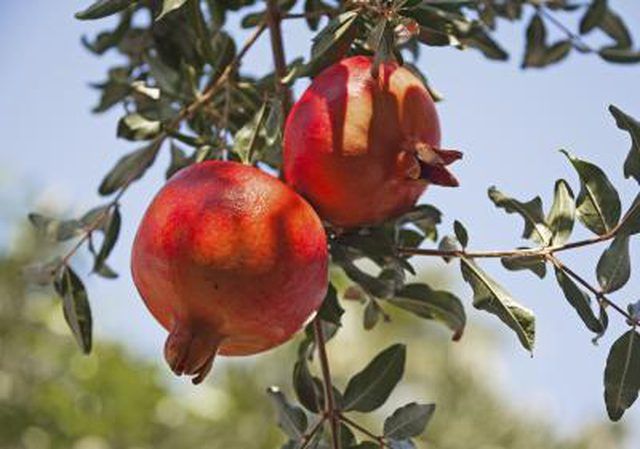Bulbs
Flower Basics
Flower Beds & Specialty Gardens
Flower Garden
Garden Furniture
Garden Gnomes
Garden Seeds
Garden Sheds
Garden Statues
Garden Tools & Supplies
Gardening Basics
Green & Organic
Groundcovers & Vines
Growing Annuals
Growing Basil
Growing Beans
Growing Berries
Growing Blueberries
Growing Cactus
Growing Corn
Growing Cotton
Growing Edibles
Growing Flowers
Growing Garlic
Growing Grapes
Growing Grass
Growing Herbs
Growing Jasmine
Growing Mint
Growing Mushrooms
Orchids
Growing Peanuts
Growing Perennials
Growing Plants
Growing Rosemary
Growing Roses
Growing Strawberries
Growing Sunflowers
Growing Thyme
Growing Tomatoes
Growing Tulips
Growing Vegetables
Herb Basics
Herb Garden
Indoor Growing
Landscaping Basics
Landscaping Patios
Landscaping Plants
Landscaping Shrubs
Landscaping Trees
Landscaping Walks & Pathways
Lawn Basics
Lawn Maintenance
Lawn Mowers
Lawn Ornaments
Lawn Planting
Lawn Tools
Outdoor Growing
Overall Landscape Planning
Pests, Weeds & Problems
Plant Basics
Rock Garden
Rose Garden
Shrubs
Soil
Specialty Gardens
Trees
Vegetable Garden
Yard Maintenance
How to Grow Pomegranates From Seeds
How to Grow Pomegranates From Seeds. Pomegranates (Punica granatum) are small but versatile trees with slender branches that reach 6 to 15 feet tall. Dwarf varieties of pomegranate excel as container plants, but pomegranates grown from seed may not retain the dwarf characteristics of the parent plants. Unlike vegetative propagation, growing...

Pomegranates (Punica granatum) are small but versatile trees with slender branches that reach 6 to 15 feet tall. Dwarf varieties of pomegranate excel as container plants, but pomegranates grown from seed may not retain the dwarf characteristics of the parent plants. Unlike vegetative propagation, growing pomegranates from seed does not preserve the characteristics of the parent plant. Seeds taken from a hybrid variety of pomegranate exhibit traits from the parent plants at random. This can result in plants with a different growth habit or fruit with noticeably different size or taste. Seeded pomegranates planted outdoors root easily, but cleaning them improves their germination rate. Pomegranates grow in the warm climates of U.S. Department of Agriculture plant hardiness zones 8 through 11.
Things You'll Need
Knife
Bowl
Paper towels
Garden hoe
Compost
10-10-10 granular fertilizer
Measuring cup
Watering can
Cut a pomegranate in half and remove the individual arils from the fruit. Pick the individual arils out of the fruit and place them on a paper towel. Fold the paper towel over the seeds and rub the paper towel against the seeds between your hands to break and absorb the aril coatings. Rinse the seeds with water and clean off any juice still clinging to them.
Loosen the soil around the planting site using a hoe. Spread a 4-inch layer of compost over the area and thoroughly mix it into the upper 8 to 10 inches of the soil. Choose a planting site that gets full sun. Pomegranates grow best in loamy soil, but they can also grow in clay-rich or sandy soil.
Plant each pomegranate seed 1/2 to 1 inch into the soil and cover it with soil. Space the seeds at least 15 feet apart if you plan to grow full-sized trees for their fruit. Plant seeds that will form a hedge no closer than 6 feet apart.
Insert your finger into the soil around your seeds two to three times per week and water the soil if it is dry to the touch to a depth of several inches. Water the soil around each seed enough to dampen the soil without saturating it. Pomegranate seeds typically germinate within 45 to 60 days of planting.
Check the moisture content of the soil twice a week and water the pomegranate seedlings weekly with enough water to thoroughly wet the soil to a depth of at least 8 inches without saturating the soil. Water the soil around the trees evenly to promote root growth.
Spread 1 cup of 10-10-10 fertilizer evenly over the soil around the base of each tree in late fall and again in early spring. Apply the fertilizer on a day you plan to water your tree, before you water, to ensure the fertilizer is properly watered into the soil. Use 2 cups of 10-10-10 fertilizer per application once the tree begins producing fruit.
Tips & Warnings
Storing the seeds in the refrigerator for two to three weeks can help improve the germination rate for your seeds, but pomegranate seeds will germinate without cold treatment.
Pomegranate seeds germinate in warm weather when average temperatures are between 75 and 85 degrees Fahrenheit.
Pomegranates produce numerous suckers that emerge from the main stems of the plant and the roots. Prune the plant's suckers as they appear to prevent your pomegranate from spreading out and to improve its fruit production.